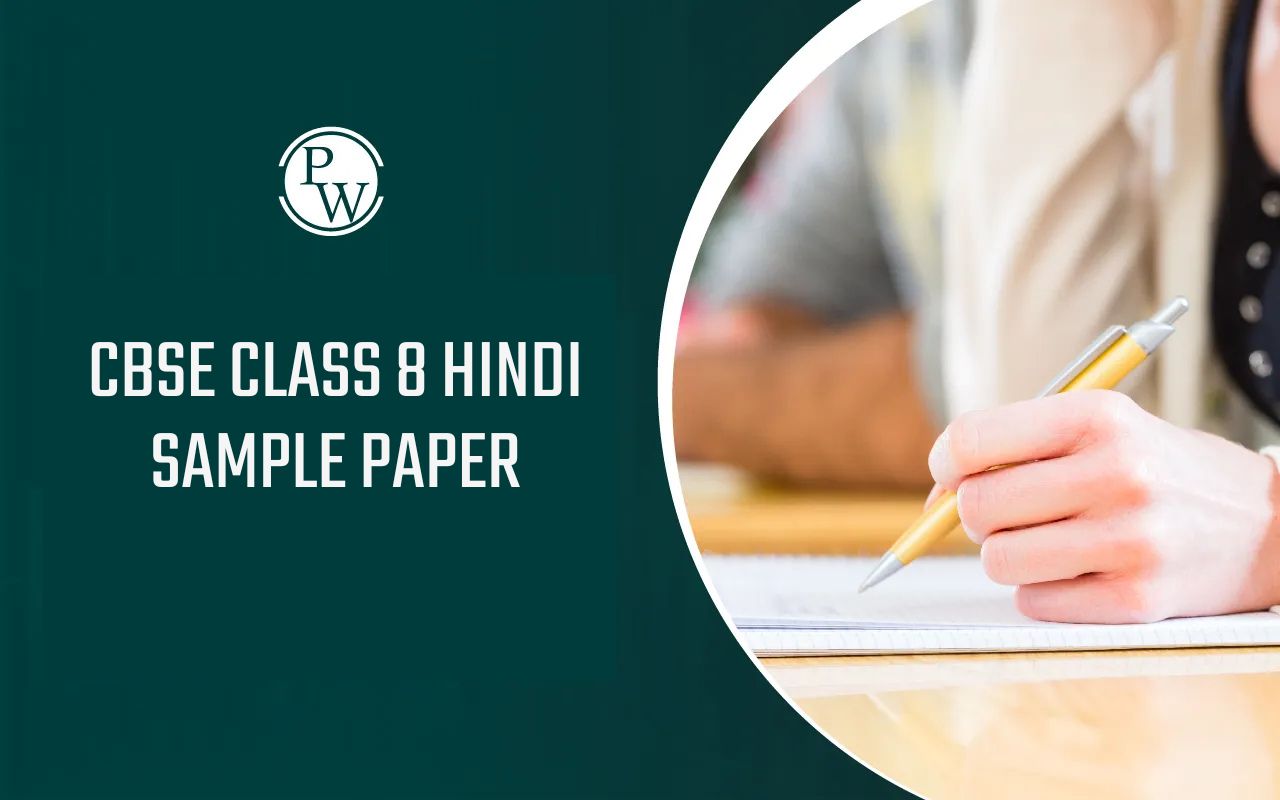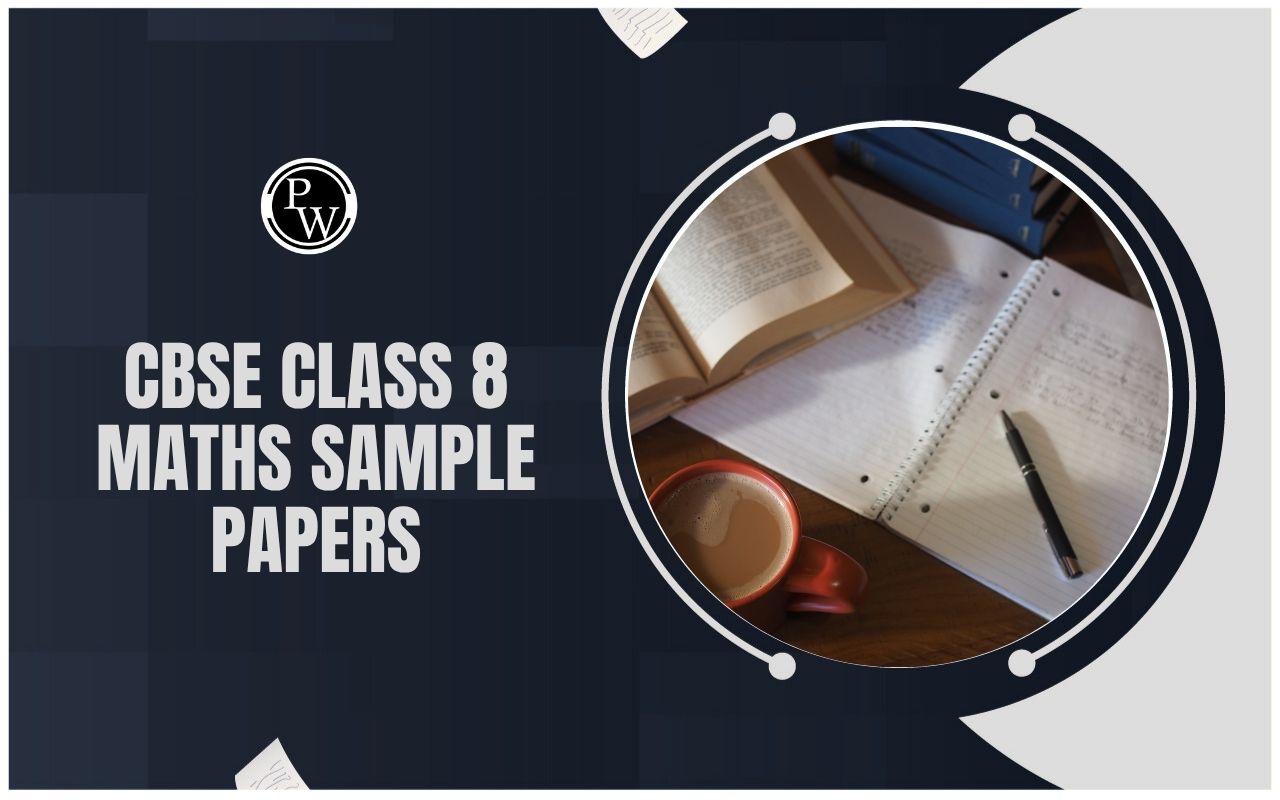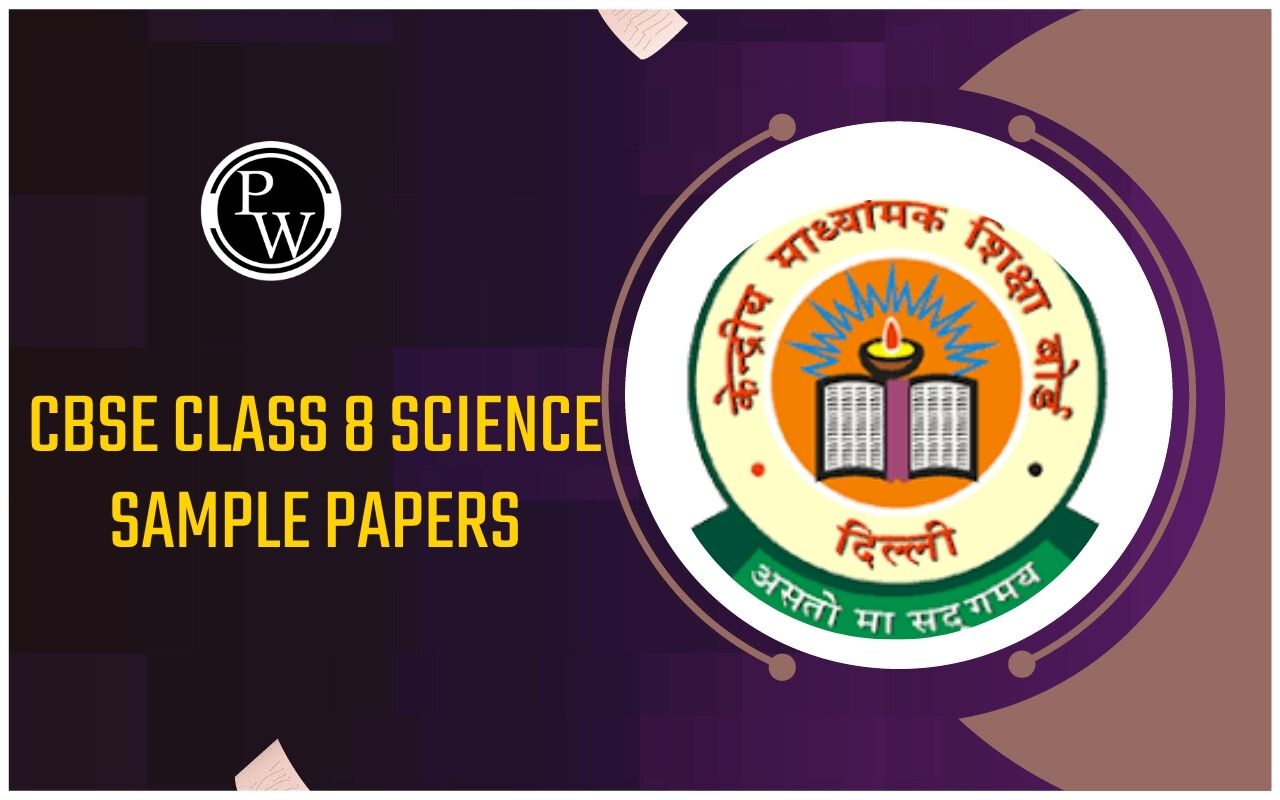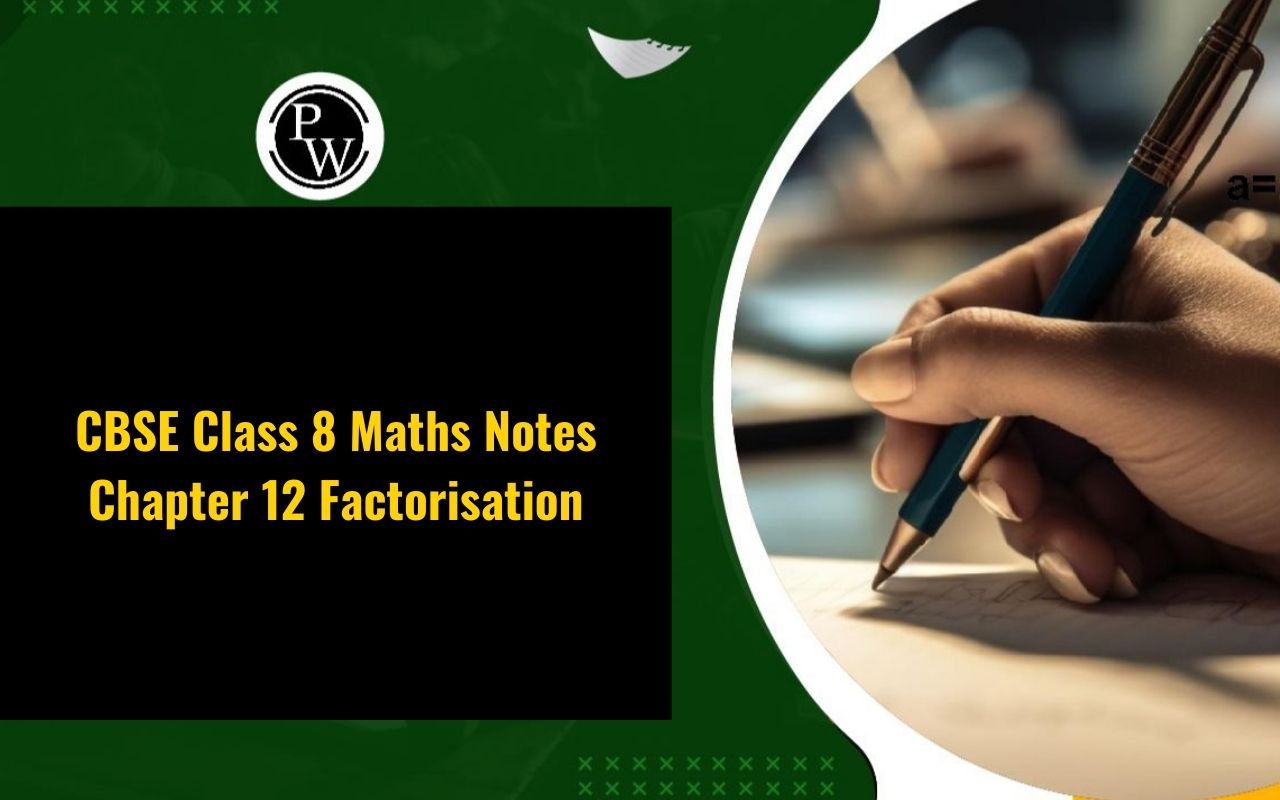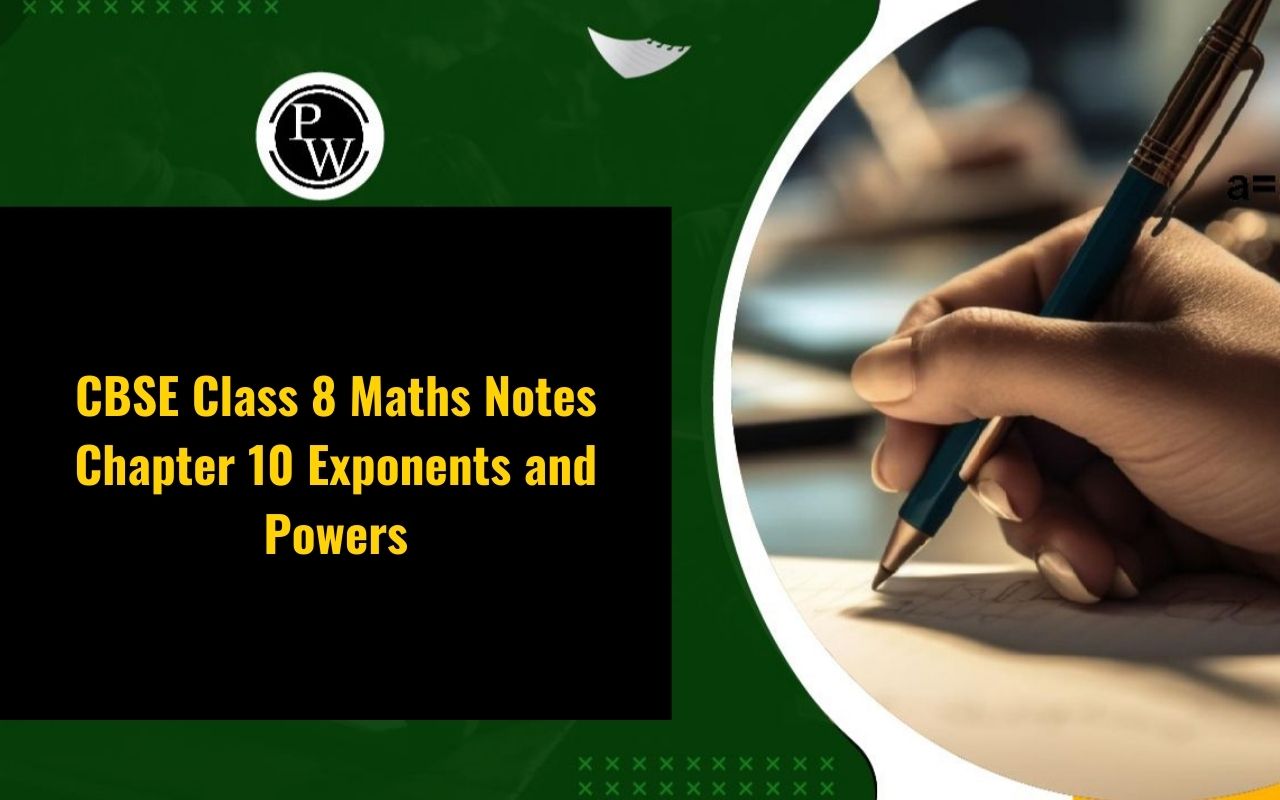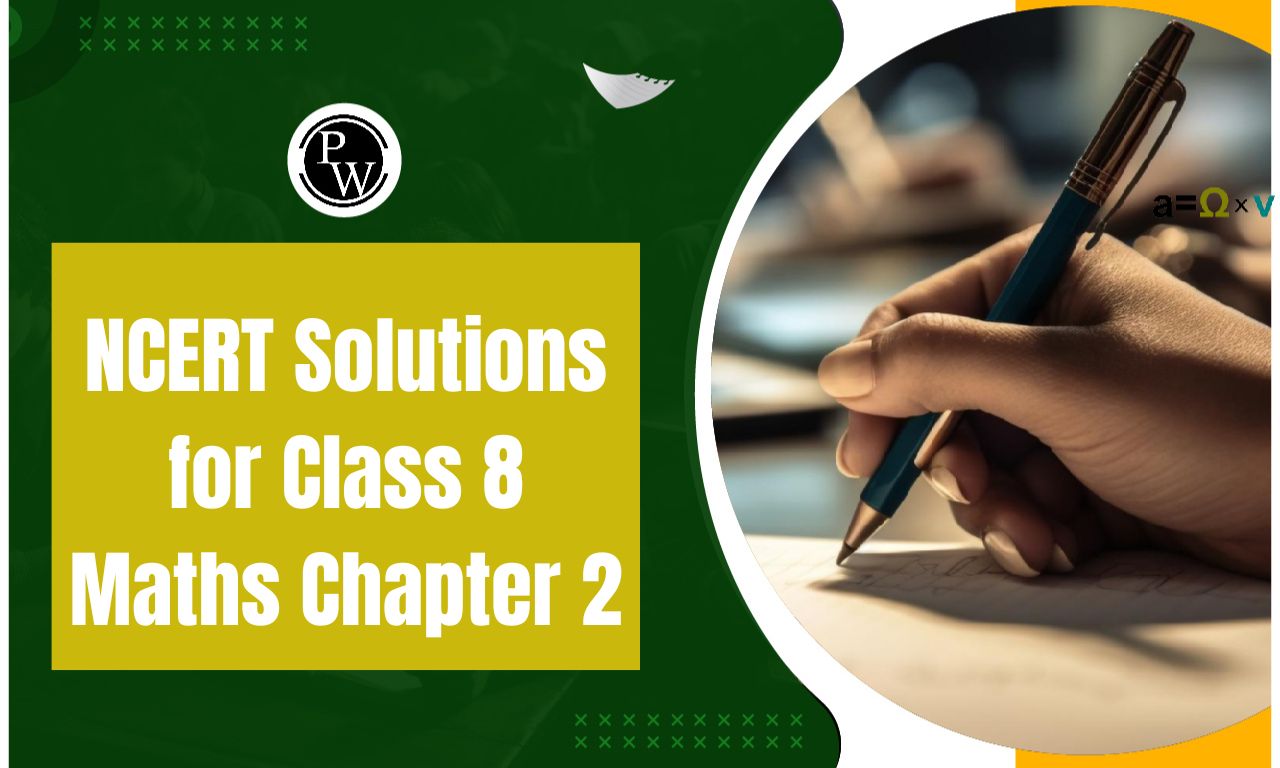
RS Aggarwal Solutions for Class 8 Maths Chapter 4 Exercise 4.1: RS Aggarwal Solutions for Class 8 Maths Chapter 4 Exercise 4.1 on Cubes and Cube Roots provide detailed guidance to help students understand and solve problems related to these concepts.
By following these solutions students can improve their problem-solving skills gain confidence in handling cube-related questions and enhance their overall understanding of the topic. The structured approach of these solutions ensures that students can practice effectively and prepare thoroughly for their exams.RS Aggarwal Solutions for Class 8 Maths Chapter 4 Exercise 4.1 Overview
The RS Aggarwal Solutions for Class 8 Maths Chapter 4 Exercise 4.1 which focuses on Cubes and Cube Roots are prepared by the subject experts of Physics Wallah. These solutions provide detailed and clear explanations breaking down each problem into manageable steps to ensure thorough understanding. By solving these solutions students can master the concepts of cubes and cube roots, solve problems more effectively and build a strong foundation in this area of mathematics. The structured approach of these solutions helps students clarify their doubts improve their problem-solving skills and achieve better results in their exams.RS Aggarwal Solutions for Class 8 Maths Chapter 4 Exercise 4.1 PDF
Here we have provided the RS Aggarwal Solutions for Class 8 Maths Chapter 4 Exercise 4.1 in PDF format to assist students with their exam preparation. By referring to this PDF students can gain a better understanding of how to approach and solve questions related to this topic. The step-by-step explanations provided in the PDF help in reinforcing the concepts ensuring that students can effectively prepare and perform well in their exams.RS Aggarwal Solutions for Class 8 Maths Chapter 4 Exercise 4.1 PDF
RS Aggarwal Solutions for Class 8 Maths Chapter 4 Cubes and Cube Roots (Exercise 4a) Exercise 4.1
(2) Evaluate:
(i) (1.2) 3 = 1.2 × 1.2 × 1.2 = 1.728 (ii) (3.5) 3 = 3.5 × 3.5 × 3.5 = 42.875 (iii) (0.8) 3 = 0.8 × 0.8 × 0.8 = 0.512 (iv) (0.05) 3 = 0.05 × 0.05 × 0.05 = 0.000125(3) Evaluate:

(4) Which of the following numbers are perfect cubes? In case of perfect cube, find the number whose cube is the given number.
Solution:
(i) 125 = 5 × 5 × 5 (ii) 243 = 3 × 3 × 3 × 3 × 3 (iii) 343 = 7 × 7 × 7 = (7) 3 ; Thus, 343 is a perfect cube. (iv) 256 = 2 × 2 × 2 × 2 × 2 × 2 × 2 × 2 ; Thus, 256 is not a perfect cube. (v) 8000 = 2 × 2 × 2 × 2 × 2 × 2 × 5 × 5 × 5 = (2 × 2 × 5) 3 = (20) 3 ; Thus, 8000 is a perfect cube. (vi) 9261 = 3 × 3 × 3 × 7 × 7 × 7 = (3 × 7) 3 = 21 3 ; Thus, 9261 is a perfect cube. (vii) 5324 = 2 × 2 × 11 × 11 × 11; Thus, 5324 is not a perfect cube. (viii) 3375 = 3 × 3 × 3 × 5 × 5 × 5 = (3 × 5) 3 = (15) 3 ; Thus, 3375 is a perfect cube.(5) Which of the following are the cubes of even numbers?
Solution:
Properties: The cubes of every even number are even. (i) 216 = 2 × 2 × 2 × 3 × 3 × 3 = 2 3 × 3 3 = 6 3 (iii) 512 = 2 × 2 × 2 × 2 × 2 × 2 × 2 × 2 × 2 = 2 3 × 2 3 × 2 3 = (8) 3 (v) 1000 = 2 × 2 × 2 × 5 × 5 × 5 = 2 3 × 5 3 = (10) 3(6) Which of the following are the cubes of odd numbers?
Solution:
Properties: The cube of every odd number is odd. (i) 125 = 5 × 5 × 5 = 5 3 (ii) 343 = 7 × 7 × 7 = 7 3 (v) 9261 = 3 × 3 × 3 × 7 × 7 × 7 = 3 3 × 7 3 = (21) 3(7) Find the smallest number by which 1323 must be multiplied so that the product is a perfect cube.
Solution:
Writing 1323 as a perfect of prime factors, we have: 1323 = 3 × 3 × 3 × 7 × 7 Clearly, to make it a perfect cube, it must be multiplied by 7.(8) Find the smallest number by which 2560 must be divided so that the quotient is a perfect cube.
Solution:
Writing 2560 as a perfect of prime factors, we have: 2560 = 2 × 2 × 2 × 2 × 2 × 2 × 2 × 2 × 2 × 5 Clearly, to make it a perfect cube, it must be multiplied by 5 × 5 = 25.(9) What is the smallest number by which 1600 must be divided so that the quotient is a perfect cube?
Solution:
Writing 1600 as a product of prime factors, we have: 1600 = 2 × 2 × 2 × 2 × 2 × 2 × 5 × 5 Clearly, to make it a perfect cube, it must be divided by (5 × 5) = 25.(10) Find the smallest number by which 8788 be divided so that the quotient is a perfect cube.
Solution:
Writing 1600 as a product of prime factors, we have: 8788 = 2 × 2 × 13 × 13 × 13Benefits of RS Aggarwal Solutions for Class 8 Maths Chapter 4 Exercise 4.1
- Clear Understanding of Cubes and Cube Roots: The solutions provide a thorough explanation of how to calculate cubes and cube roots. By working through these detailed steps, students gain a clear understanding of the concepts making it easier to grasp more complex problems.
- Step-by-Step Guidance: Each solution is broken down into simple step-by-step instructions. This helps students follow the logical sequence of calculations and understand each part of the process improving their problem-solving skills.
- Practice and Mastery: Regular practice with these solutions allows students to become proficient in handling problems related to cubes and cube roots. Mastery of these topics is crucial for tackling more advanced mathematical concepts in higher grades.
- Enhanced Problem-Solving Skills: By practicing a variety of problems students enhance their analytical and problem-solving skills. They learn different techniques to approach cube-related problems, which boosts their confidence and performance in exams.
- Error Identification and Learning: Working through the solutions helps students identify common mistakes and understand how to correct them. This feedback is valuable for improving accuracy and learning from errors.
- Time Management: Practicing with these solutions helps students manage their time more effectively during exams. They become quicker and more accurate in solving cube and cube root problems which is important for completing tests on time.
RS Aggarwal Solutions for Class 8 Maths Chapter 4 Exercise 4.1 FAQs
What is a cube of a number?
What is a cube root?
How do you calculate the cube of a number?
How do you calculate the cube root of a number?

